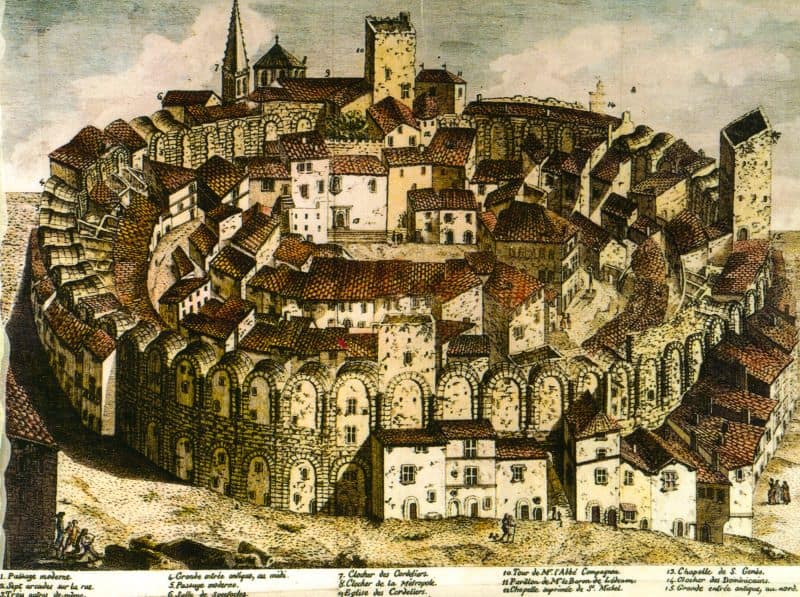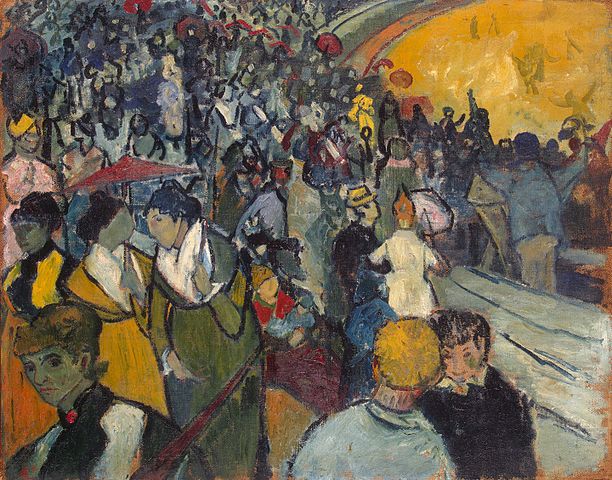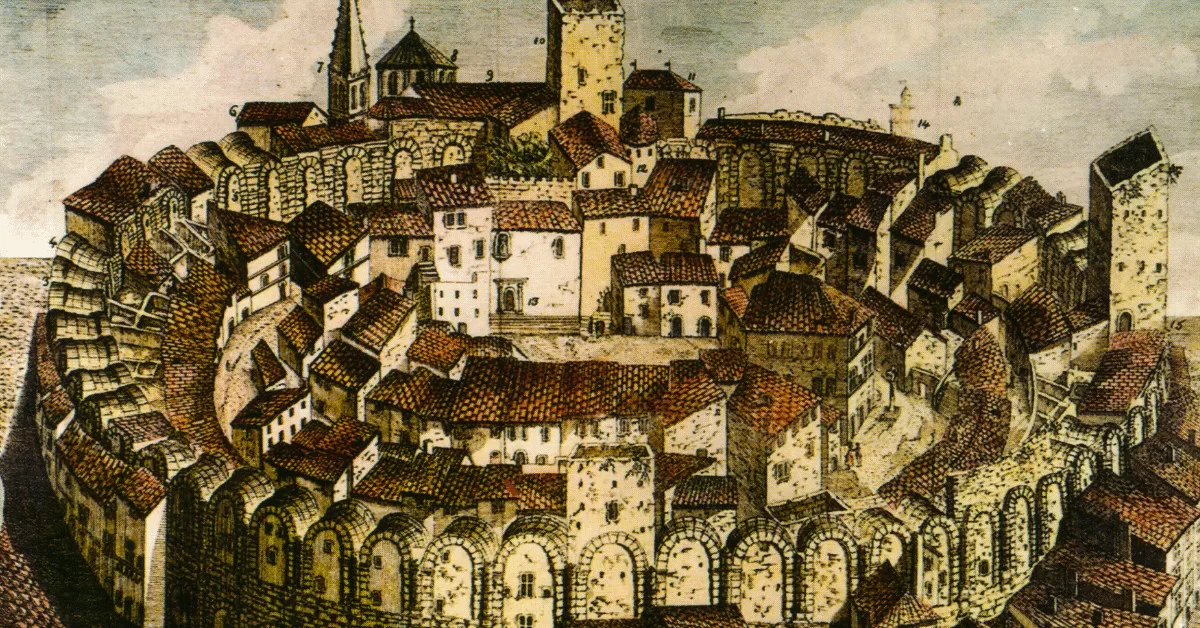Arles: Home Sweet Amphitheatre
I spend a ridiculous amount of time reading Wikipedia. Ridiculous amounts of time. I will start with one article and somehow end up ten articles deep with no end in sight. One day, as I was happily reading away, I came across an article which featured an image that depicts a Roman amphitheatre in the French city of Arles.

Completed around 90 AD, the Arles amphitheatre followed in the architectural footprints of its Roman counterpart, the Flavian Amphitheatre (better known as the Colosseum), which was built between 70 and 80 AD. This massive structure measures approximately 136m (446 ft) in length, 109m (358ft) in width, and stands 21m (69 ft) high, and features 120 semicircular arches. Doric arches form the bottom layer, and Corinthian arches line the top.
Arles Well Ends Well
The Arles amphitheatre has lived a very storied life. The amphitheatre’s construction occurred during the urbanization of Arles under Tiberius Caesar Augustus in the first century AD. Seating up to 20,000 people, the amphitheatre played host to a wide variety of sporting events such as hunts, fights, and shows.
The Middle Ages saw the monument transformed into a walled and fortified city-within-the-city in Arles. It housed (pun intended) approximately 200 dwellings, churches, streets, and more. Four towers protected the city, but over time, only three remain standing.
In the late eighteenth century, expropriation of the monument began, meaning that it transferred from private to public ownership, and became a national monument. As part of this process, the city removed homes from the arena. In 1830, a bullfight was arranged to celebrate the capture of Algiers.
These days, the city still holds events such as bullfights, plays, and concerts in the amphitheatre. It’s incredible to see this lovely monument still in use even in modern times.


